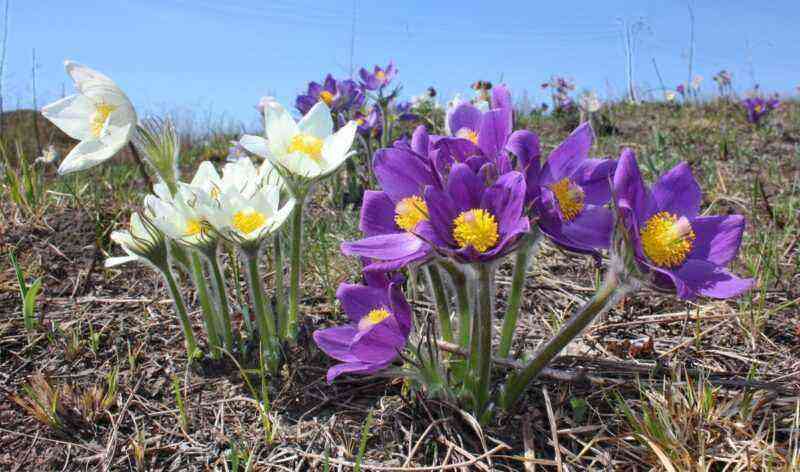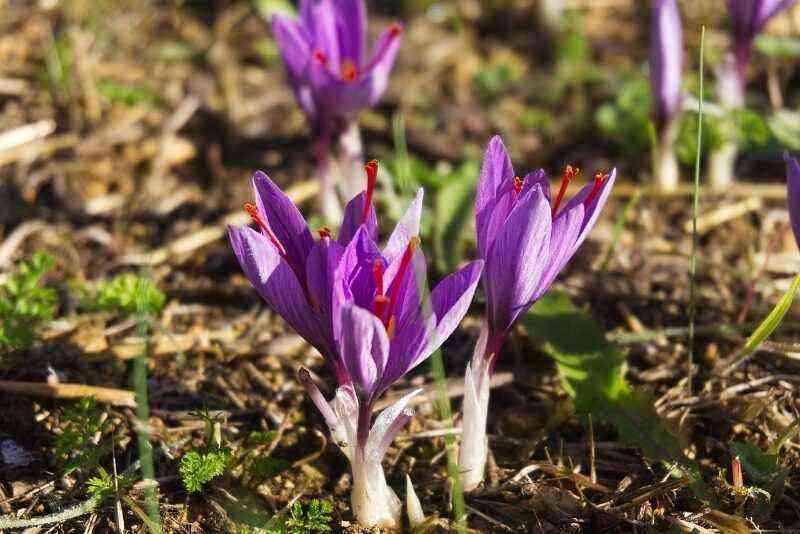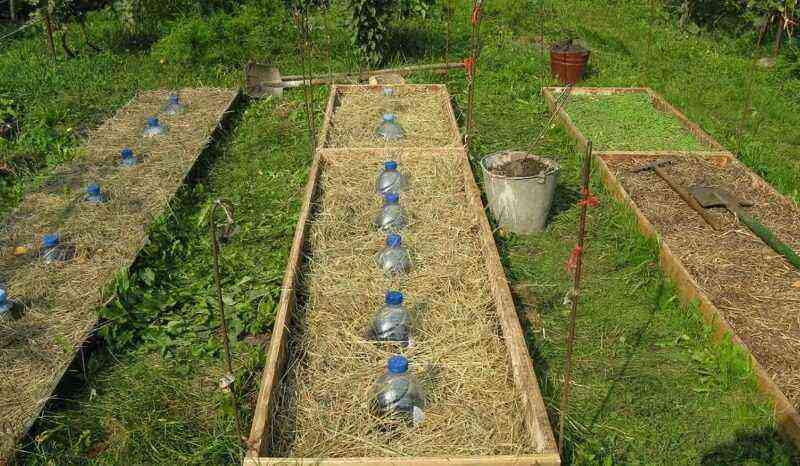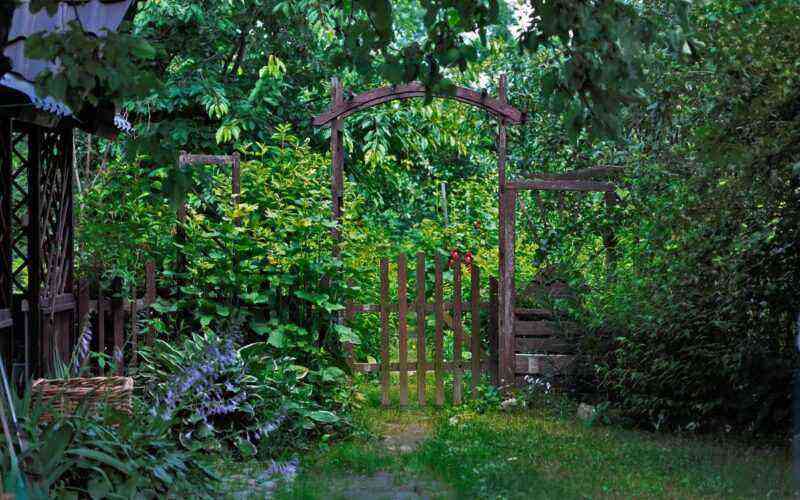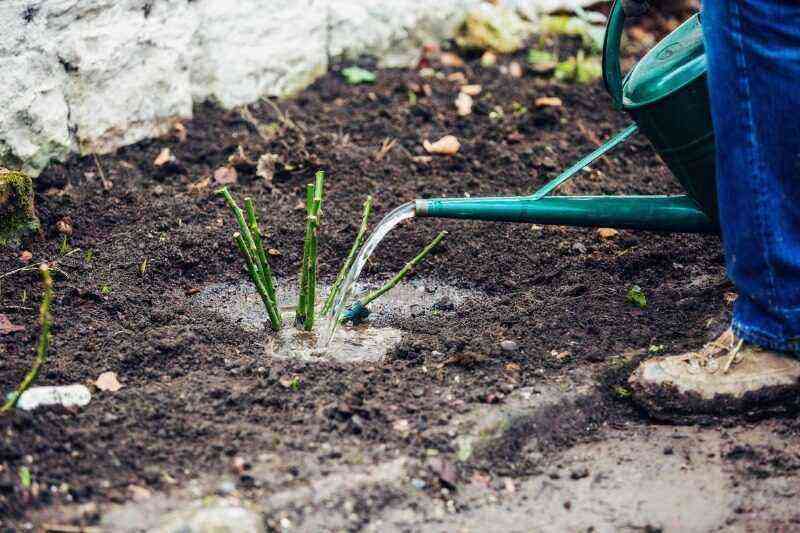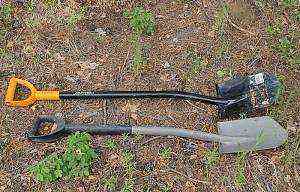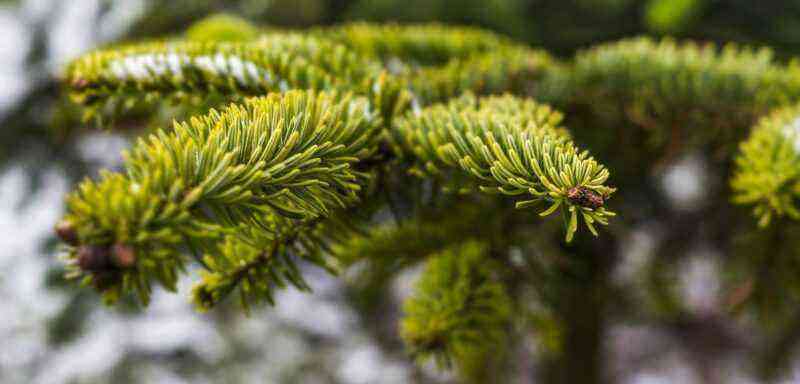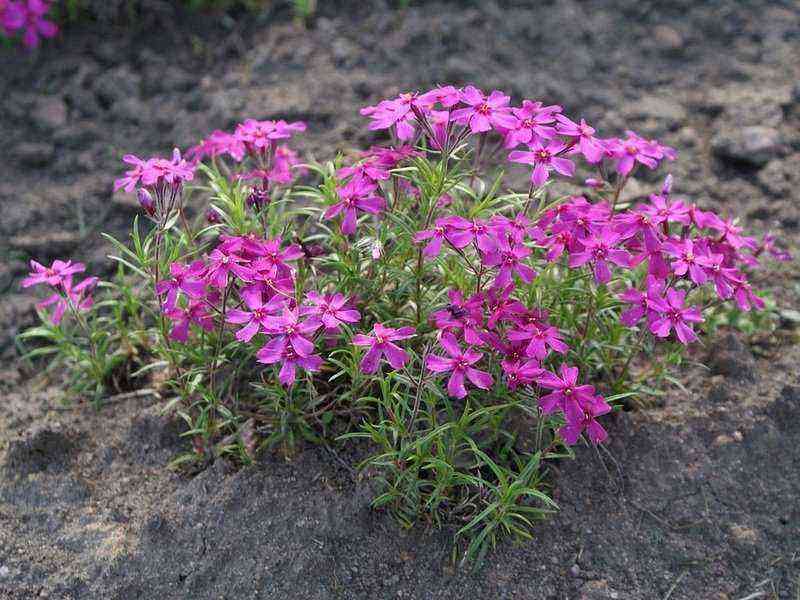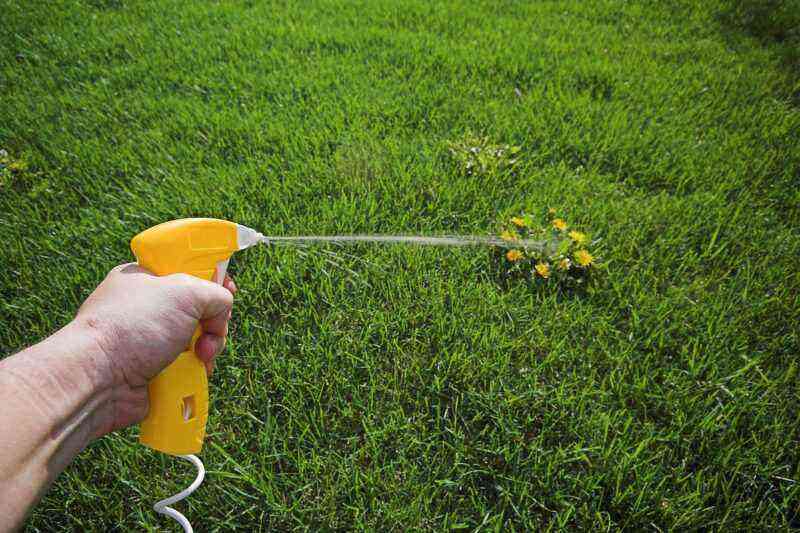Good day. After wintering, the roses crawled out of the ground, the grafting site was bare. What should be done with them, in what period of time, how deep should they be planted? Thank you.
Elena
Specialist’s answer
Hello!
There are several important things to consider for your roses to cope well with the harsh winter conditions.
- Compliance with the optimal planting depth of bushes;
- Proper preparation of roses for winter;
- Timely treatment of plants in the spring after opening, if necessary.
Planting depth of roses
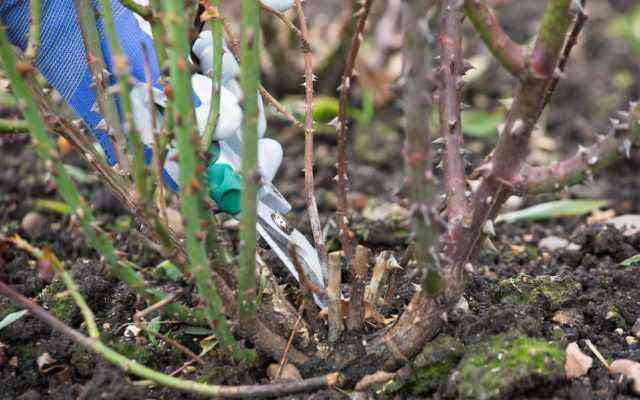 It is from the depth of planting roses that their successful development depends. When they are illuminated by the sun, new growth buds are formed at the graft site (root collar). The strongest shoots grow from these buds. If the plants are planted very high, then the grafting site will be above the soil level. In this case, new shoots will grow from the stock (rosehip). Therefore, the root collar must be buried. The optimum depth is 5–7 cm. Climbing roses are an exception. Their root collar deepens by 10 cm. This is due to the fact that in these varieties, only at such a planting depth, shoots do not grow from the roots of the wild rose, and roots are formed on the cultivated part of the bush.
It is from the depth of planting roses that their successful development depends. When they are illuminated by the sun, new growth buds are formed at the graft site (root collar). The strongest shoots grow from these buds. If the plants are planted very high, then the grafting site will be above the soil level. In this case, new shoots will grow from the stock (rosehip). Therefore, the root collar must be buried. The optimum depth is 5–7 cm. Climbing roses are an exception. Their root collar deepens by 10 cm. This is due to the fact that in these varieties, only at such a planting depth, shoots do not grow from the roots of the wild rose, and roots are formed on the cultivated part of the bush.
More information about the rules for planting and caring for garden roses can be found in the material:
It is very important not to let the roses be planted too deeply:
- Such bushes do not take root well and are stunted.
- The root collar can rot when watering.
Therefore, if the root collar turned out to be very deeply buried, in the summer it is necessary to shake off the soil from it by 5 cm, and return it back to its place in the fall.
Preparation for wintering
Before sheltering roses for the winter, it is imperative to inspect the root collar. She could be exposed due to soil erosion and subsidence. From autumn, without waiting for the first frost below the critical temperature, you need to sprinkle roses with clean dry sand (0,5-1 l per plant), and pour a layer of compost or dry leaves on top of the sand. It is desirable that the thickness of the layer be 40–45 cm, but it can be less (15–25 cm), then additionally it is necessary to lay spruce branches and plastic wrap on top, pressing its ends with stones.
Do not spud the roses with peat and sawdust – in winter they freeze up, and by spring they will create a barrier to heat. You cannot spud the bushes with soil taken from under the roses – it can contain pathogenic bacteria and fungal spores.
The material on pruning roses for the winter will also be useful:
How to revive them in spring: work and flower treatment
Sprinkle the root collars exposed after wintering with earth to the required depth.
If you find that some shoots have turned brown or blackened, cut them to the level of healthy wood (2–3 cm of healthy wood must also be captured), and treat fresh cuts with brilliant green or special garden putty “Rannet”.
If the bushes have lesions characteristic of fungal diseases, cut off the infected shoots, and then treat the roses along the stems and at the root with a 0,2% Fundazole solution.
There are often cases when at first glance it may seem that at the site of vaccination after wintering there are no living buds at all, but you should not rush to conclusions, considering the bush dead. In fact, living kidneys have survived, but are in a dormant state. The plant can wake up only by mid-July or by August.







